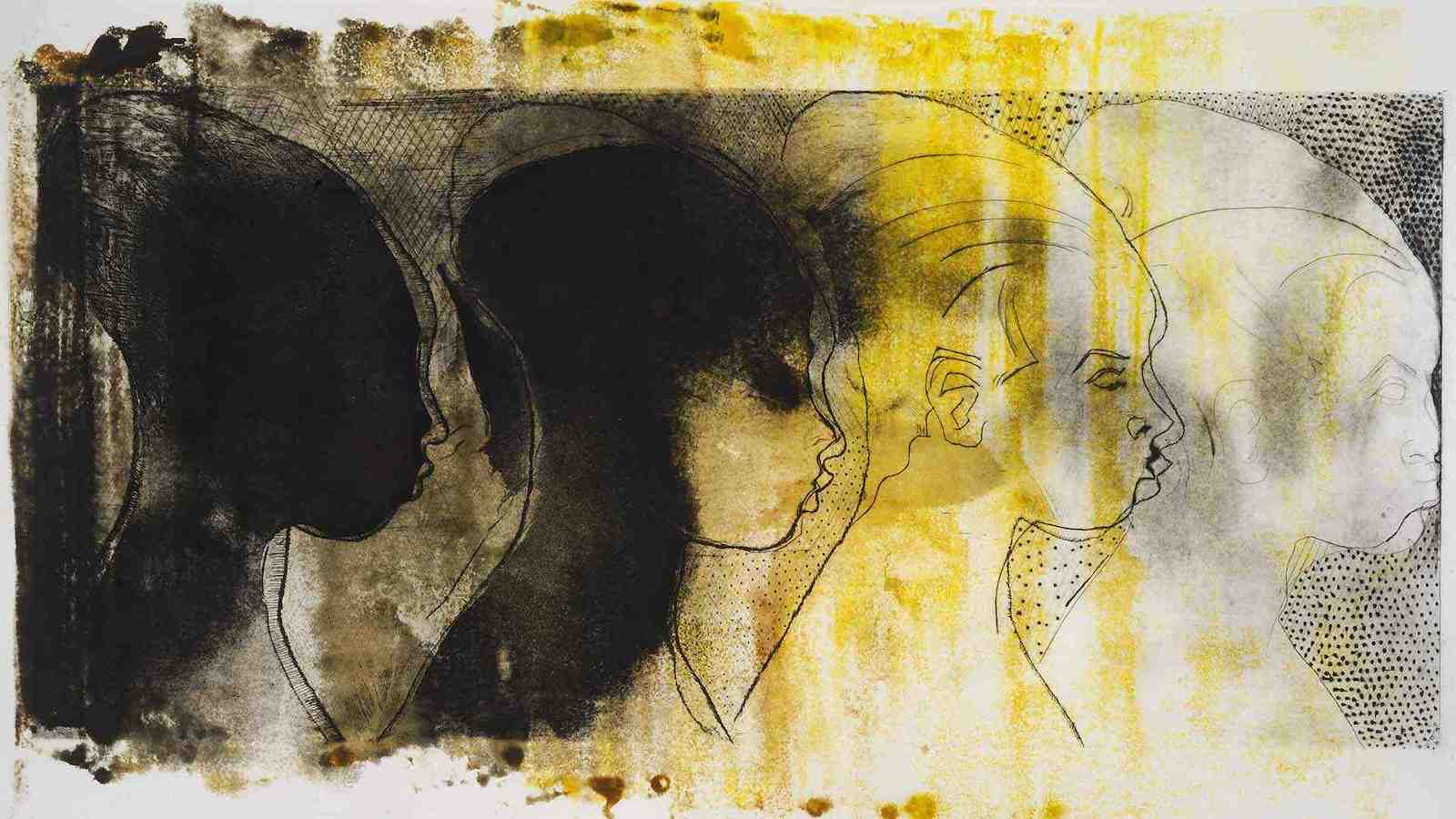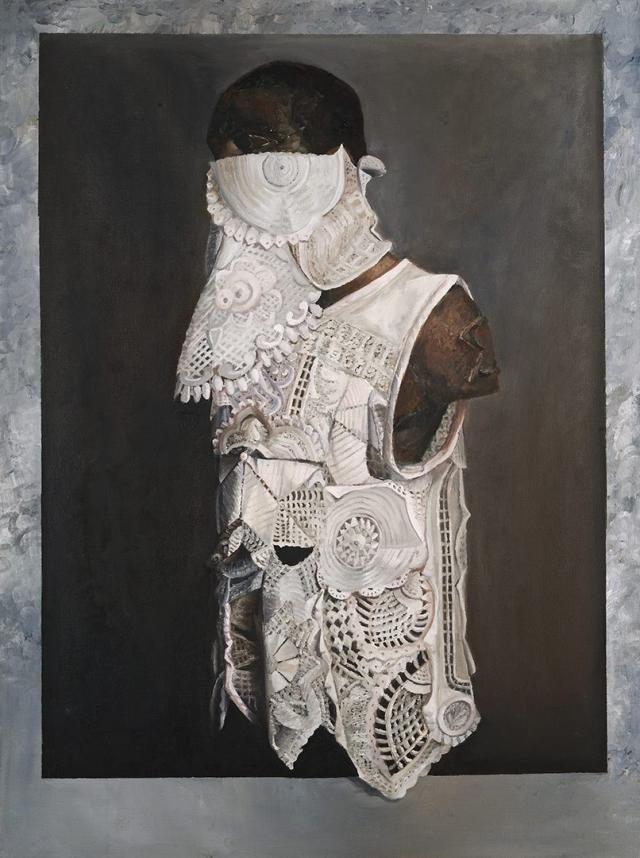Seeing Juneteenth
June 15, 2022

How Black artists bring the celebration of freedom to visual life.
By Sala Levin ’10 | Maryland Today
The yearly community celebrations around Juneteenth, which commemorates the June 19, 1865 liberation of the last enslaved Texans, lay out a vibrant feast for the senses—red food and drink, the resounding beat of music and the clothing with rich patterns and colors inspired by those worn in African lands.
But visual art also plays an important part in the collective memory that surrounds the holiday. Many pieces by African American artists focus explicitly on the events of Juneteenth, while others explore the theme of Black liberation.
Below, take a look at some of the pieces housed in UMD’s David C. Driskell Center for the Study of Visual Arts and Culture of African Americans and the African Diaspora that underscore the meaning of the day.
Mel Edwards, “Untitled,” etching/relief on paper, 2015
Texas-born artist Mel Edwards “utilizes elements in his work such as shackles and chains as metaphors for the experience of African Americans and slavery in particular,” said Curlee Holton, executive director of the Driskell Center.
Michael Booker, “HSG Bust II,” oil on canvas, 2017
A native of Jackson, Miss., Michael Booker MFA ’12 has long been interested in patterns and quilt-making techniques, harkening to the belief that Underground Railroad operators and those seeking freedom embedded messages into quilts to exchange information. In this self-portrait, Booker comments on “the psychic and physical deformaties inflicted on the enslaved African and the generational racism that has continued long after the end of slavery,” said Holton.
Read the full story in Maryland Today.
Top photo: Curlee Holton’s “Bred for Pleasure” is one of the pieces housed in UMD’s David C. Driskell Center for the Study of Visual Arts and Culture of African Americans and the African Diaspora that underscore the meaning of Juneteenth.
Images courtesy of the Driskell Center.



